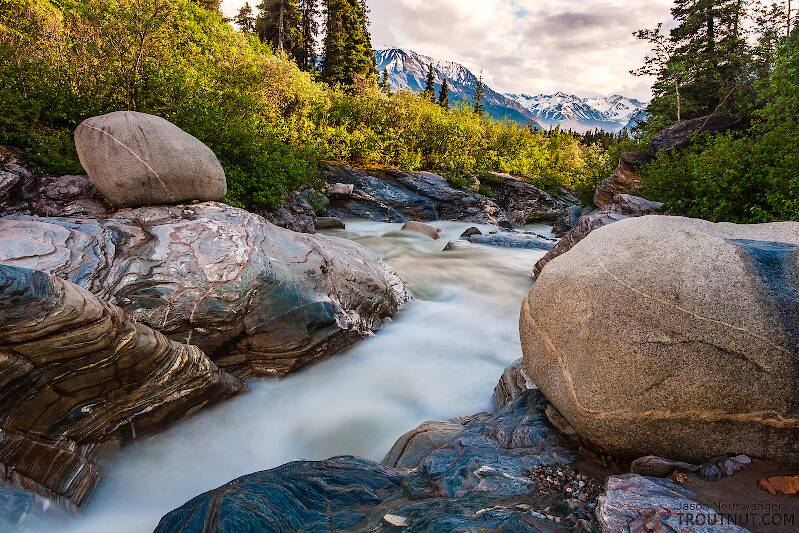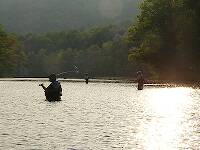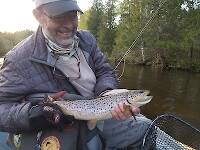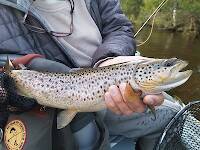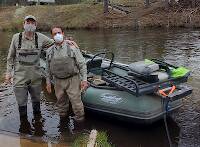
Blue-winged Olives
Baetis
Tiny Baetis mayflies are perhaps the most commonly encountered and imitated by anglers on all American trout streams due to their great abundance, widespread distribution, and trout-friendly emergence habits.
Featured on the forum


Troutnut is a project started in 2003 by salmonid ecologist Jason "Troutnut" Neuswanger to help anglers and
fly tyers unabashedly embrace the entomological side of the sport. Learn more about Troutnut or
support the project for an enhanced experience here.
FFTX on May 6, 2013May 6th, 2013, 3:50 pm EDT
Hey folks I am an avid fly fisherman I love the bluegill and panfish in the lakes around here but have recently stepped up to the trout plate in Oklahoma on the lower Mtn. Fork river. This past weekend I witnessed trout surfacing on emergers that are hatching right now. This is all well and good but I have used a double nymph rig the whole day and switched over to an emerger pattern without the indicator. I am new to trout and thought that the low sinking emerger would have or at least I thought it would have been pretty easy to see the strike on and it was but the reaction time was oh so slow! I am wondering if anyone has any tips on reaction time and when and where to use dry flies I know the best time to use them is when the trout are surfacing, I guess I am wondering is there better times to load up on dry flies or not? Thanks for the help I will keep checking back to see what you all think.
Quick Reply
Related Discussions
Topic
Replies
Last Reply
Re: Friday evening at the Millpond in Harrisville (1st brown of the year!)
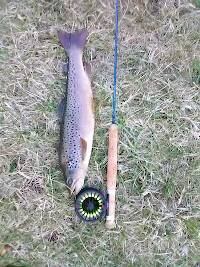
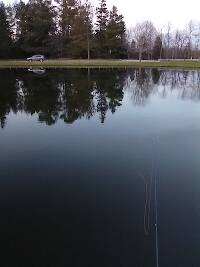
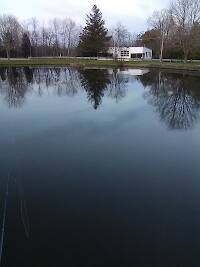
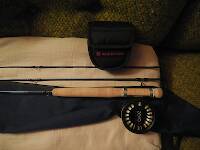
In the Photography Board by Jmd123




In the Photography Board by Jmd123
2
May 5, 2020
by Jmd123
by Jmd123

